I program with eclipse and sometimes use GUI text editors like SciTE or vim. However, I'm at a point in a project that requires me to edit files over a ssh connection in a 80 column SSH window.
Since I have to (* shiver*) sudo vim before I can open the file I'm not sure how to open the file in an editor outside the terminal (that would allow me to see the text wider than 80 columns). If the command line was larger then I guess using straight vim wouldn't be a problem.
I'm at a loss of how to deal with this situation and how I could turn this nightmare into a manageable coding environment.

